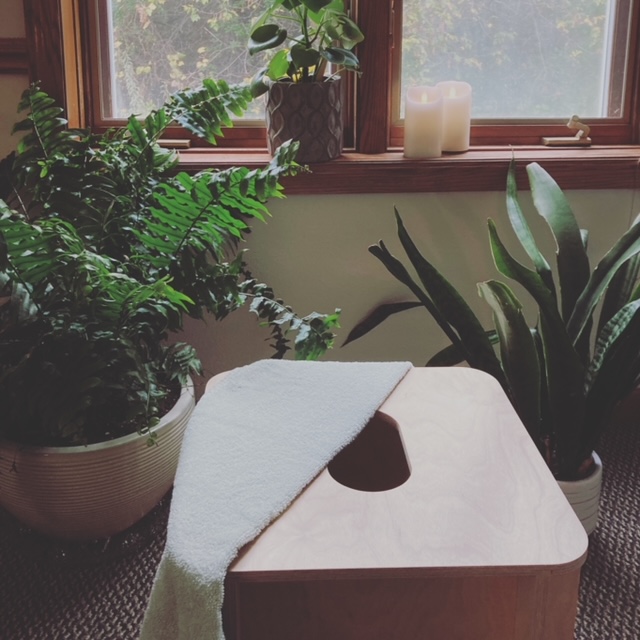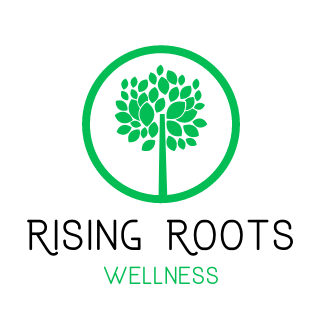Steaming has been a widely used practice around the world for thousands of years, but it’s still a new concept to many. These are some of the most common questions that come up, and answers to set your mind at ease.

Q: What is steaming?
A: This centuries-old treatment consists of steeping medicinal herbs in water to create a healing steam. Users then sit or kneel over the pot to allow the steam to reach the entire pelvic area.
Pelvic steaming is also referred to as yoni steaming, vaginal steaming, and v-steaming. I use the term “pelvic steaming” to reflect the fact that more than just the vagina is targeted when steaming. The vulva, cervix, and uterus are all included in this treatment.
Q: Why should I steam?
A: Steaming has so many benefits! Users have historically used steaming to address:
- Menstrual imbalances
- Period cramps
- Vaginal dryness
- Recurring yeast infections/ bacterial vaginosis (BV)
- Heavy flow
- PMS
- Fibroids
- Fertility issues
Just to name a few!
Q: Is it safe?
A: If you are pregnant, on your period, or currently experiencing irregular bleeding between periods (sometimes expressed as “two periods per month”), you should not steam. For the majority of folks that don’t fall into those categories, steaming is a safe and gentle, yet effective practice. It’s important to work with a trained steam facilitator to make sure you’re aware of any possible concerns or contraindications before beginning.
Q: How long should I steam?
A: For your first steam, the treatment should be limited to 10 minutes. Beyond that, most steam sessions are 10-30 minutes.
Q: Could I get burned?
A: Anytime you’re working with heat, there is the chance of a burn. It’s fair to say that you have the same likelihood of getting burned steaming as you do cooking pasta. Common sense and listening to your body (and the advice of the steam facilitator you’re working with) will help to avoid being burned during a steam session.
Q: Does steaming affect vaginal pH?
A: When the wrong herbs are used, steam is too hot, or the session is too long, there is a risk of pH imbalance or a disruption of natural vaginal flora. This goes right back to working with a trained professional. Can you steam at home? Absolutely. But please be sure to work with a certified facilitator to determine things like herb selection and session length before you begin.
Q: What herbs are used?
A: Many different herbs can be used- the blend should be customized to target what your body needs. For example, if a person with short menstrual cycles uses herbs that are traditionally known to bring on menstruation, they may end up with even shorter cycles! If you have any questions or concerns about the herbs your practitioner recommends, just ask.
That being said, some commonly used herbs include mint, nettles, rose, and chamomile.
Q: What does it feel like?
A: Like sinking into a warm bath- just focused on one particular part of your body! Steaming is an incredibly relaxing experience from start to finish.
Q: Can I steam if I have an IUD?
A: Yep! You’ll want to mention the IUD to your steam practitioner so they can take that into consideration when planning your session. I personally steamed for about a year with a copper IUD before I got it removed.
Q: Can my daughter/niece/friend steam if she hasn’t started her cycles yet?
A: Definitely. This is a beautiful way to introduce girls to the concept of being connected to and honoring their body.
Q: Can I steam if I no longer get a period?
A: Of course! Steaming can still provide tons of benefits, even if period problems aren’t an issue for you anymore. Many post-menopausal women steam to address dryness, hot flashes, and decreased libido; and to prevent infections and improve sleep.
More questions?? Hit me up! Contact me here to get the answers you need.
Happy Steaming!
